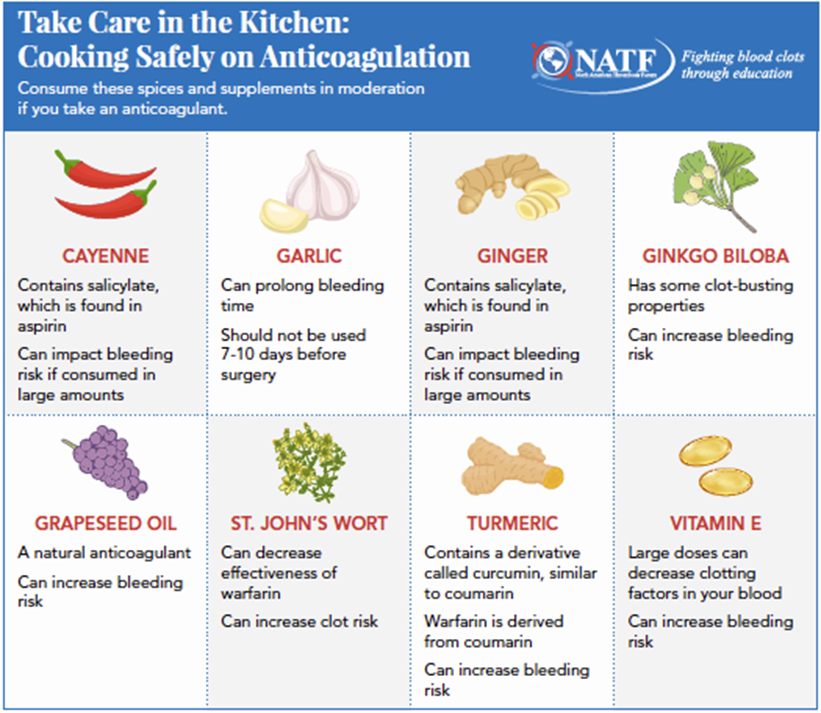When asked if there are any regulatory controls on herbal or dietary supplements, the nurse responds to the client by informing him that herbal and dietary supplements are regulated by the:
Food, Drug and Cosmetic Act
Joint Commission on the Accreditation of Healthcare Organizations
Health and Human Services (HHS)
Dietary Supplement Health and Education Act (DSHEA)
The Correct Answer is D
A. Food, Drug and Cosmetic Act:
The Food, Drug, and Cosmetic Act (FD&C Act) is a federal law that regulates the manufacturing, labeling, and distribution of food, drugs, cosmetics, and medical devices in the United States. While the FD&C Act does provide some regulatory authority over certain aspects of dietary supplements, such as labeling requirements and good manufacturing practices, it is not the primary law governing the regulation of herbal and dietary supplements.
B. Joint Commission on the Accreditation of Healthcare Organizations:
The Joint Commission on the Accreditation of Healthcare Organizations (JCAHO), now known as The Joint Commission, is an independent, nonprofit organization that accredits and certifies healthcare organizations and programs in the United States. However, The Joint Commission is not responsible for regulating herbal and dietary supplements.
C. Health and Human Services (HHS):
The Department of Health and Human Services (HHS) is a cabinet-level executive branch department of the U.S. federal government. While HHS oversees various health-related agencies, including the Food and Drug Administration (FDA), it is not the primary regulatory authority for herbal and dietary supplements.
D. Dietary Supplement Health and Education Act (DSHEA):
The Dietary Supplement Health and Education Act (DSHEA) of 1994 is the primary law that regulates herbal and dietary supplements in the United States. DSHEA defines dietary supplements, sets forth labeling requirements, establishes good manufacturing practices, and outlines the responsibilities of manufacturers and distributors of dietary supplements. Under DSHEA, dietary supplements are regulated as a category of food rather than as drugs.
Nursing Test Bank
Naxlex Comprehensive Predictor Exams
Related Questions
Correct Answer is C
Explanation
A. Take small amounts of food:
This advice suggests eating small, frequent meals when experiencing diarrhea. It aims to reduce the workload on the digestive system and may help alleviate symptoms such as nausea and discomfort. However, while eating small amounts of food can be beneficial, increasing fluid intake is the priority to prevent dehydration associated with diarrhea.
B. Consume large quantities of milk and smoked meat:
Consuming large quantities of milk and smoked meat is not recommended when experiencing diarrhea. Dairy products, including milk, can worsen diarrhea in some individuals, especially those who are lactose intolerant. Similarly, smoked meat may be high in fat and difficult to digest, potentially aggravating gastrointestinal symptoms. Therefore, this advice is not appropriate for managing diarrhea.
C. Increase fluid intake:
Increasing fluid intake is essential when experiencing diarrhea to prevent dehydration. Diarrhea leads to the loss of fluids and electrolytes from the body, which can quickly lead to dehydration if not replenished. Encouraging the patient to drink water, clear broths, oral rehydration solutions, and other electrolyte-rich fluids helps replace lost fluids and maintain hydration levels, making this the correct choice.
D. Take a mild medication to treat the diarrhea along with the ciprofloxacin:
While it may be tempting to take a medication to alleviate diarrhea symptoms, it's crucial to consult a healthcare provider before taking any additional medications, especially when already taking antibiotics like ciprofloxacin. Some anti-diarrheal medications can interfere with the effectiveness of antibiotics or worsen gastrointestinal symptoms. Therefore, it's important to seek medical advice before taking any additional medications.
Correct Answer is ["B","C","D","E"]
Explanation
A. Valerian:
Valerian is an herb commonly used for its sedative and anxiolytic properties. There is limited evidence suggesting potential interactions between valerian and warfarin, but it is not considered a major concern for altering warfarin's anticoagulant effects. However, caution is still warranted, and healthcare providers should monitor patients for any signs of increased bleeding if they are using valerian along with warfarin.
B. Ginkgo biloba:
Ginkgo biloba is an herb often used for its cognitive-enhancing properties and to improve circulation. There is some evidence to suggest that ginkgo biloba may interact with warfarin and increase the risk of bleeding due to its anticoagulant effects. Therefore, patients taking warfarin should use ginkgo biloba cautiously and inform their healthcare providers if they are using it.
C. Echinacea:
Echinacea is an herb commonly used to boost the immune system and treat colds and respiratory infections. Some studies suggest that echinacea may interact with warfarin and potentially increase the risk of bleeding. Therefore, it's essential for patients taking warfarin to avoid or use echinacea cautiously and to inform their healthcare providers if they are using it.
D. Ginger:
Ginger is an herb commonly used for its anti-inflammatory and digestive properties. Some studies suggest that ginger may interact with warfarin and increase the risk of bleeding due to its anticoagulant effects. Patients taking warfarin should use ginger cautiously and inform their healthcare providers if they are using it.
E. Garlic:
Garlic is an herb known for its cardiovascular benefits and potential anticoagulant effects. Some studies suggest that garlic may interact with warfarin and increase the risk of bleeding. Patients taking warfarin should use garlic cautiously and inform their healthcare providers if they are using it.

Whether you are a student looking to ace your exams or a practicing nurse seeking to enhance your expertise , our nursing education contents will empower you with the confidence and competence to make a difference in the lives of patients and become a respected leader in the healthcare field.
Visit Naxlex, invest in your future and unlock endless possibilities with our unparalleled nursing education contents today
Report Wrong Answer on the Current Question
Do you disagree with the answer? If yes, what is your expected answer? Explain.
Kindly be descriptive with the issue you are facing.
